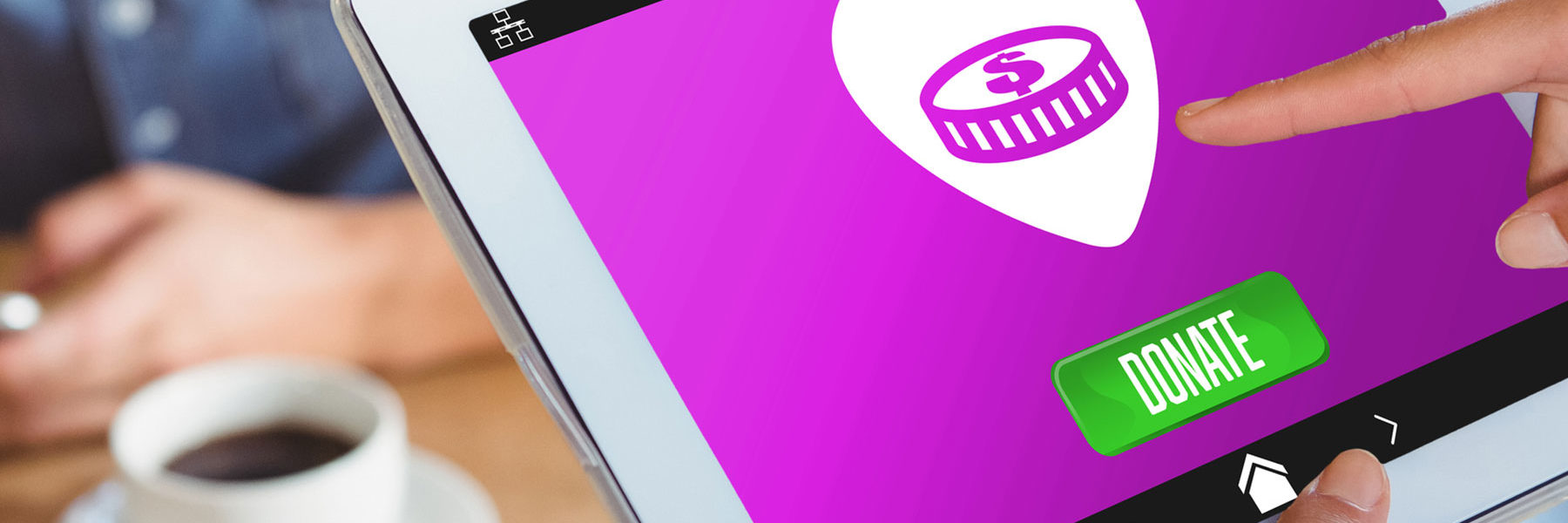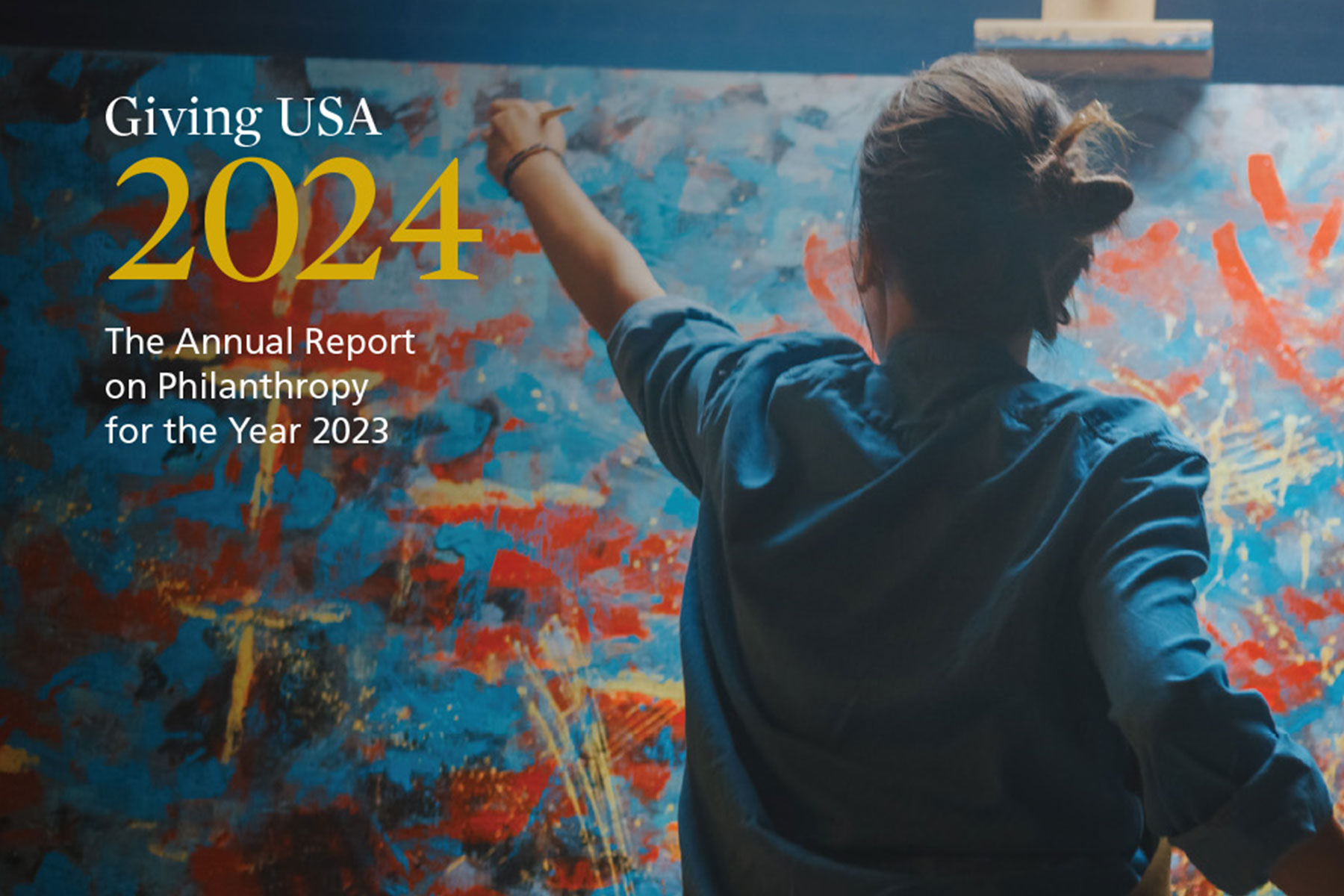By now, you’ve seen the new rules for recurring giving from MasterCard (note: the twice delayed rules for recurring).
There are lots of examples of vendors and industry associations talking about what you need to do technically to remain compliant, but we’re wondering if they’re losing sight of the forest through the trees. The question we’re asking is:
If MasterCard defines a recurring payment as a “Transaction made pursuant to an agreement between a Cardholder and a Merchant,” are we living up to the expectations of a recurring gift program?
First, the New Rules
We’re just going to summarize the five rules because you can read more here, here, here, here, and here …
- The Merchant must disclose the subscription terms simultaneously with a request for Card credentials.
- Immediately after the Cardholder completes the subscription order, the Merchant must promptly send a subscription order confirmation.
- Each time the Merchant receives an approved authorization request, the Merchant must provide the Cardholder with a Transaction receipt.
- The Merchant must provide an online or electronic cancellation method … or clear instructions on how to cancel.
- For any subscription where the billing occurs less frequently than every six months (180 days), the Merchant must send an electronic reminder to the Cardholder at least seven days but no more than 30 days prior to the next billing date.
Are We Asking the Wrong Question?
It appears that many nonprofits are questioning why these rules are being applied to recurring gifts. But as we at BWF think about the next generation of annual giving, this is not the right question. These rules are being implemented to protect MasterCard cardholders from the bait-and-switch, false promises, or unrealized benefits of a transaction.
Do we really believe that the best argument is to say, “But wait! We’re nonprofits. It’s OK when we do it.”
Of course not.
The next generation annual giving leader says, “OK. MasterCard considers this a subscription. So, what is the contract between us and our donors?”
We think that the next gen donor wants to enter into a contract with nonprofits. In exchange for a gift, there will be some sort of impact that they can feel and of which they can be a part.
Unfortunately, too many recurring gift programs take the opposite approach. It is viewed as a way to reduce the connection between donors and the nonprofit. It’s a “set-it-and-forget-it” mentality, where nonprofits tell their donors that if they make a gift, they won’t hear from them until the card expires and we’ll stop bothering you with gift asks—except of course for our three giving days. (See our recent post where we discuss participation in giving days.)
Rather, a recurring gift offers an opportunity for nonprofits to create a deeper, more meaningful relationship with donors—to move past the transaction and into engagement.
The Next Generation Recurring Giving Program
What does it mean to have a deeper relationship with recurring donors? It means adding value for your donors. There’s a lot of conversation right now about ongoing learning and upskilling. For higher education advancement shops, you have access to some of the brightest minds who can provide a master class on topics that can help your donors level up their knowledge. For nonprofits, you are the experts of your cause. Use the knowledge and expertise you have to teach your donors something new.
But even at a most basic level, your recurring donors want to know that you value the dollars that they send to you. To engage in meaningful donor relations, reconsider your stewardship program and treat your recurring donors like leadership donors. Because there is an argument to be made that your recurring donors—especially if you can inspire additional one-time gifts or increase the amount of the monthly transaction—will have greater value to your organization than leadership donors.
The Gold Standard
So, who is doing this well? There are many organizations that have strong recurring giving programs, but I have two favorites.
First, UCLA’s Westward Program. With thousands of donors giving at least $10 per month, making a recurring gift at UCLA gets you access to some of the university’s leading faculty. They are experts in their fields. And you get exclusive access to interviews and other content directly from them. Westward started as a book club with scheduled review sessions with the faculty member where Westward donors would be able to ask questions and learn more.
The motivation? Learning for a lifetime. As a leading public institution, UCLA provides an education that prepares its students for their lives and careers after they graduate. But in a changing economy and a world where staying current and knowledgeable is a person’s superpower, UCLA invests in its alumni for their lifetime. Now, they can learn about emotional intelligence, big tech, wellness, and more from the people who literally wrote the book on the topic.
Second, charity: water. With a clear mission to provide the most basic of life’s necessities, charity: water’s case is fundamentally compelling. How could someone not want to make sure that everyone has access to clean water? The monthly giving program, The Spring, offers an accessible way to provide ongoing impact on the water crisis facing so many communities. Donors receive a monthly impact report with stories of people being helped with their gifts. Most importantly, the report shows donors how many people they have helped since joining The Spring. It’s transparent. There’s proof. And it’s sustainable.
The motivation? Making sure that everyone has access to the right of clean, drinkable water. They tell the story of the community and the movement created by thousands of donors with a video series following real projects with Charity: Water’s local partners. And, with 1 million people having benefited from The Spring, they are one step closer to being able to say, “No one on earth will die from dirty water.”
The Big Conclusion
While it would be great if every organization could replicate the models of Westward and The Spring, these require significant investments of time and resources. So, what do we recommend?
- Treat your recurring donors like they are humans. Have an open and honest conversation with your donors. Show them where their gifts are having an impact. Tell a compelling story of why their gifts make a difference. Invest in the basic blocking and tackling efforts of a fundraising operation.
- Treat your recurring donors like they are investors. Provide detailed and results-oriented metrics and describe the changes happening at your organization on a frequent basis. Engage them in the decision-making process by asking for their thoughts, opinions, and feedback on decisions, strategy, and tactics.
- Treat your recurring donors like they are curious. Understand what you can provide to your donors that will help them improve in some way. Help them become more knowledgeable about your mission. Help them gain a new skill or better understand themselves, their personal or work life, or the world. You have expertise, share it with your donors.
Want to Take the Next Step Towards a Next Generation Recurring Giving Program?
BWF is here to support and partner with you. Our consultants can bring their expertise to complement your own to help your organization—and its recurring giving program—grow the right way. A thoughtful engagement strategy is critical to achieve your goals and create lasting relationships between your donors and your organization. Contact us today!




